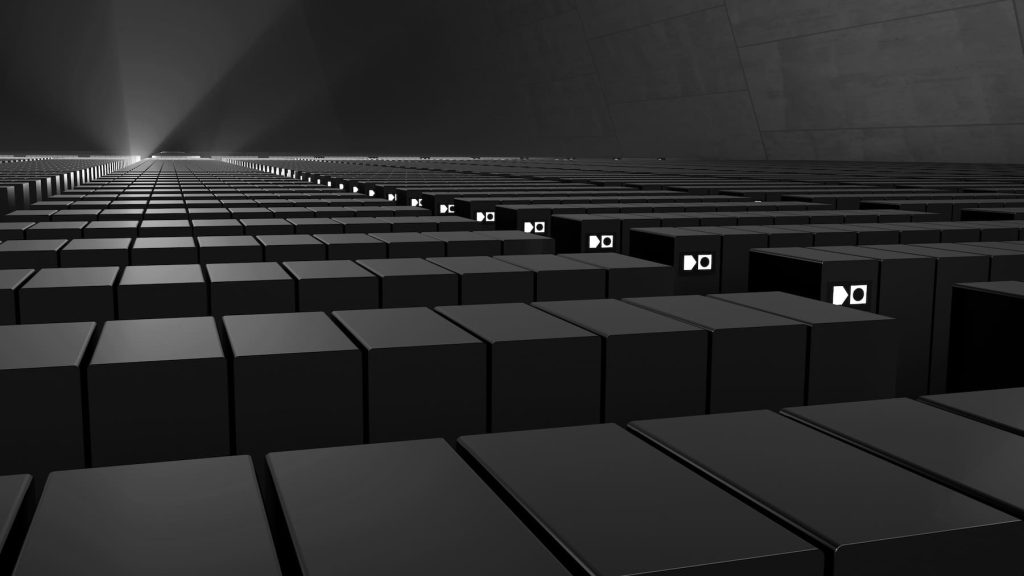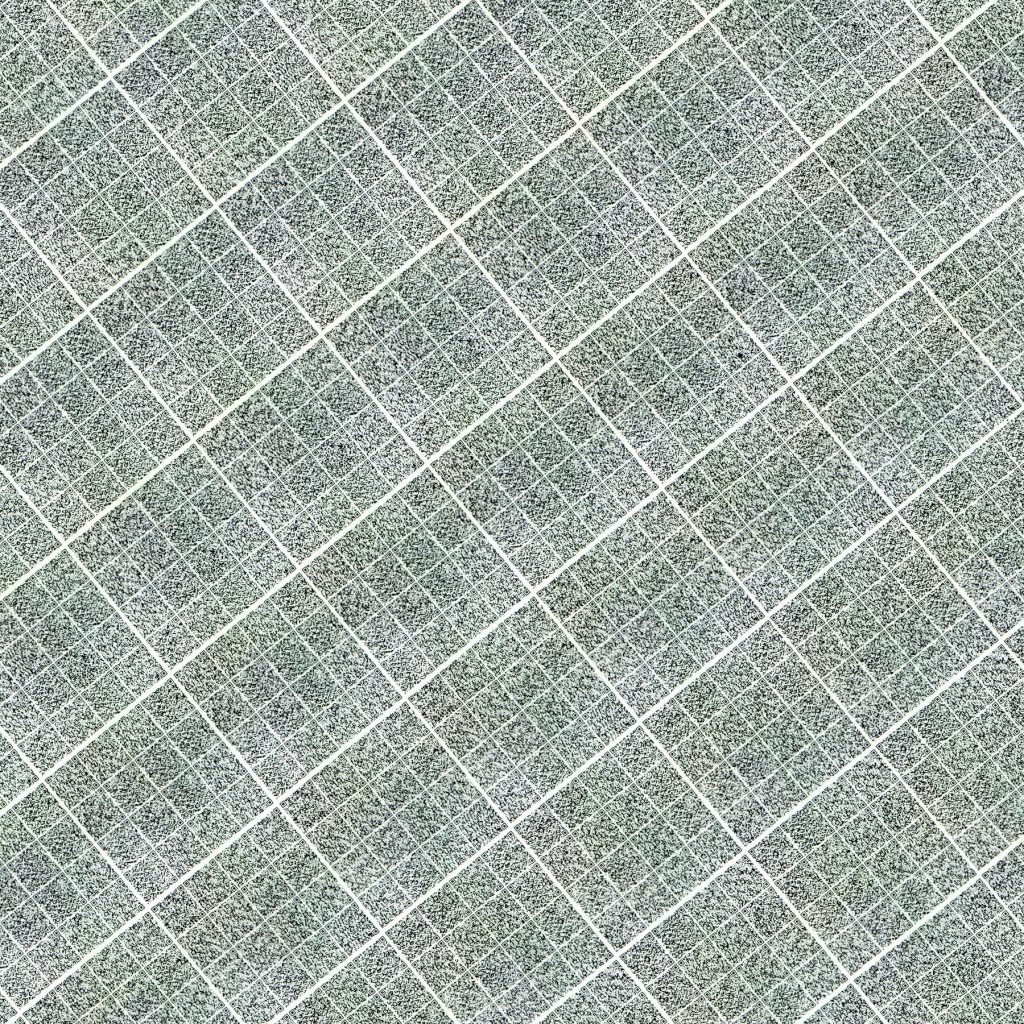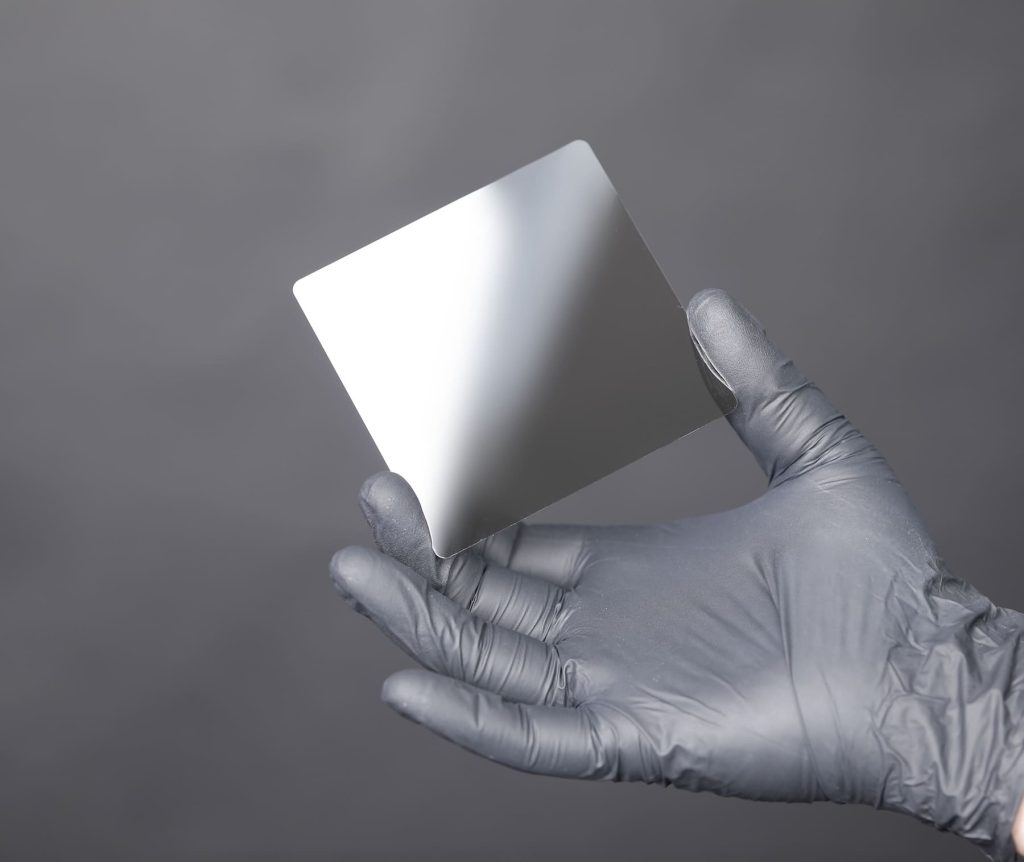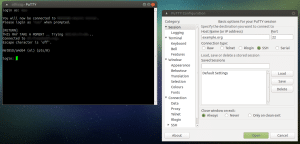The German startup introduces a radically durable storage medium built for an era of exploding data volumes—offering unmatched longevity, zero maintenance, and a passive energy footprint.
System administrators know that keeping data safe is not just about redundancy and backup frequency—it’s about long-term viability. While most IT teams plan around five- or ten-year retention cycles, some data needs to persist for decades or even centuries. Enter Cerabyte, a Munich-based startup with a bold vision: to archive data on ceramic glass for over a thousand years without power, cooling, or intervention.
This isn’t tape. This isn’t cold storage. It’s inorganic, ultra-dense, and designed to outlive every current digital medium.
Rethinking Cold Storage for the Centuries Ahead
Cerabyte’s technology relies on ion beam lithography to etch nanoscale optical patterns onto ceramic glass substrates. These physical marks encode binary data in a format that’s readable via contactless optical scanning—similar in spirit to optical discs, but orders of magnitude more durable and dense.
In lab stress tests, these storage plates have survived boiling salt water baths and exposure to 1,000 °C heat—conditions that simulate thousands of years of degradation in a matter of hours. The result: data remains 100% intact.
How It Compares: From Fragile Bits to Atomic-Scale Permanence
| Storage Medium | Expected Lifespan | Energy at Rest | Migration Needed | Scale & Density | Archival Suitability |
|---|---|---|---|---|---|
| HDD / SSD | 5–10 years | High | Frequent | High (short-term) | Poor |
| LTO Tape | 5–30 years (with refresh) | Low | Every 5–7 years | High | Moderate |
| Optical Disc (Archival) | 25–100 years | Zero | Moderate | Low–Moderate | Medium |
| Cerabyte (ceramic glass) | >1,000 years | Zero | None | Projected: Petabit/in² | Excellent |
For sysadmins managing long-term compliance data, regulatory archives, or national-scale digital memory, this technology changes the game—permanently.
Technical Architecture: Designed for Longevity, Not IOPS
Cerabyte isn’t intended for hot storage or high-throughput transactional environments. Instead, its architecture fits within immutable, long-term archival stacks. Each plate contains static, read-only data. Reading is done optically with low-cost scanners. There are no moving parts, no magnetic fields, no NAND wear-out cycles.
Key system features:
- Material: chemically stable, heat- and radiation-resistant ceramic glass
- Write process: ion beam etching in vacuum, nanometer precision
- Read process: optical scanner, non-destructive
- Form factor: scalable from small cold-storage modules to full archival racks
This fits into the backup tiering pyramid as a cold, passive layer—ideal for datasets that must survive decades without change or rehydration.

Use Cases: Where Digital Memory Becomes Critical Infrastructure
Cerabyte targets use cases where data must be preserved without fail:
- Government records & legal compliance data
- National archives & cultural heritage preservation
- Corporate WORM backups & disaster recovery sets
- Scientific observatories & research datasets
- Air-gapped, tamper-proof storage in hostile environments
According to Christian Pflaum, founder and CEO:
“We’re building the physical DNA for humanity’s digital memory. No format obsolescence, no bit rot, no climate dependency.”
Sustainability Without Compromise
Beyond its durability, Cerabyte’s storage media requires zero energy to retain data and produces virtually no e-waste. There are no fans, drives, power supplies, or interface controllers to recycle. Its passive design and industrially scalable manufacturing process (based on semiconductor ion beam tech) mean it can be deployed at global scale without adding to the carbon footprint of data centers.

Timeline & Deployment
As of its White Paper v2.25, Cerabyte plans to initiate pilot deployments in enterprise and research data centers during late 2025, with broader commercial rollout in 2026. Initial pricing is expected to be comparable to enterprise-grade tape, but with an exponential increase in retention and durability.
Final Thoughts: Time-Resistant Storage for a Post-Digital Age
In an era where ransomware, power outages, and tech obsolescence threaten digital continuity, Cerabyte offers a third option beyond active and cloud storage: true cold, immutable, long-term storage at planetary scale.
For sysadmins and infrastructure architects, it’s a new class of storage that can be integrated into backup and DR strategies for extreme retention.
Think less like a NAS, and more like a digital time capsule.
Cerabyte may not spin, blink, or beep—but it could be the one system still holding your data a thousand years from now.












